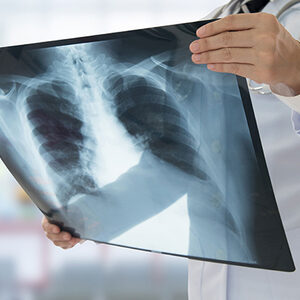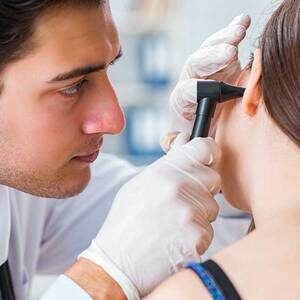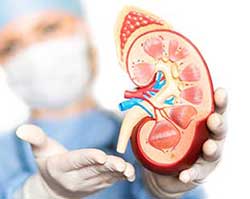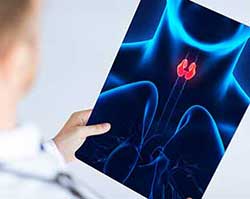Consult City's Top Doctors, The Minute You Need To
First Consultation starting
@ ₹249 ₹499
14261
General Physicians
5337447
Cases done
by General Physicians
2248
Hospitals
Understanding Oral Lichen Planus
About:
Oral lichen planus is an autoimmune disorder.
The disease affects 1–2% of the population. [1]
- Requires regular monitoring
- Physical examination of the mouth, biopsy, cultures, and blood tests
- Affects women more than men (40+ years)
- Non-contagious
- Can be controlled but not eliminated
Oral lichen planus is a chronic inflammatory condition of the oral cavity. It affects the mucous membranes of the oral cavity. The inflammation causes a number of symptoms like dryness, a burning taste in the mouth and leaves a metallic taste in the mouth. Researchers have confirmed oral lichen planus as a T-cell mediated autoimmune disorder. Normally, it’s a long lasting oral disease. In many cases, oral lichen planus can lead to ulceration.
Symptoms:
Self-diagnosable:
Appears as white, lacy patches and red swollen tissues, like open sores. Affected areas are inside of the cheeks, gums, tongue, inner tissues of the lips and palate.
People may experience:
Burning sensation or pain, sensitivity to hot, acidic or spicy foods, bleeding and irritation with tooth brushing, inflammation of the gums (gingivitis), painful thickened patches on the tongue,
discomfort when speaking, chewing, or swallowing.
Treatment:
Self-care: Maintain oral hygiene and use topical numbing agents. Diet modifications. Use mild toothpaste with minimum flavoring and a soft toothbrush.
Medications: Corticosteroids (oral, topical, injection), Immune response medicines (topical ointments/gels, systemic medication).
Specialists: For other kinds, consult a physician or a dentist/orthodontist. At mfine, we’re here to help you with different areas of health issues; come on board for a holistic treatment program.
Other Specialities
Give a missed call to 08061914343 to Download the App
































